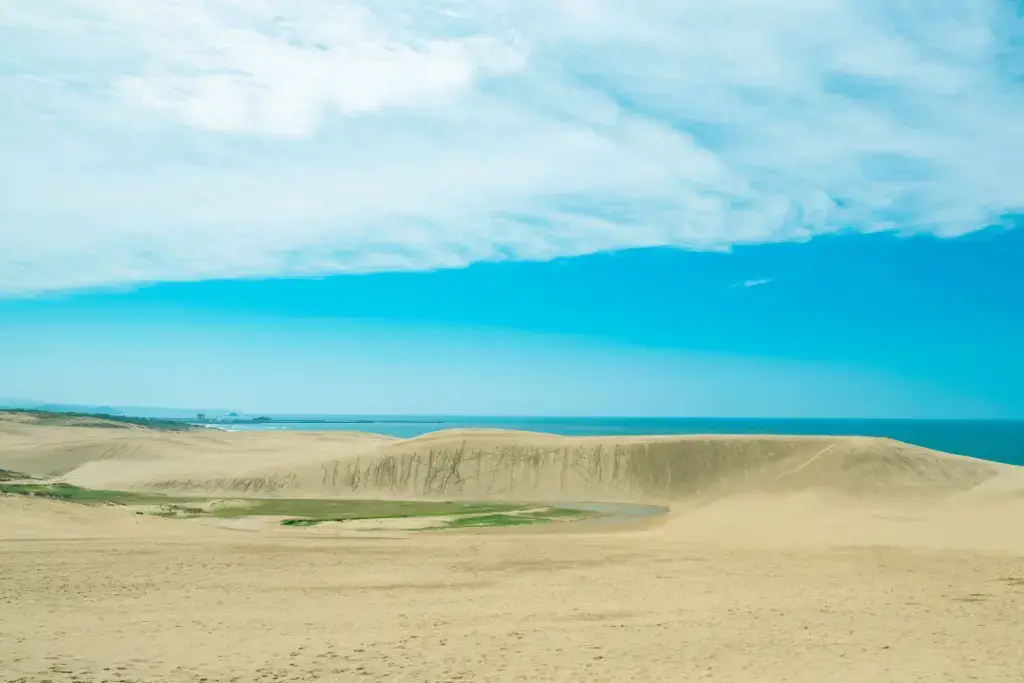With its unique blend of history, culture, and natural beauty, Tottori is an enchanting destination for visitors of all ages. Top attractions in Tottori include the largest sand dunes in Japan and the breathtaking landscapes that change with the seasons. This prefecture has always been an ideal starting point for exploring various mysterious parts of Japan. Let’s discover more about this beautiful prefecture in the Chuugoku region!
Table of Contents
ToggleWhere is Tottori?
This beautiful area is on the coast of the Sea of Japan, and several prefectures border it: Hyogo to the east, Okayama to the south, Hiroshima to the southwest, and Shimane to the west. The prefecture’s capital city is Tottori City, famous for its stunning sand dunes, which is also a rare sight in Japan.
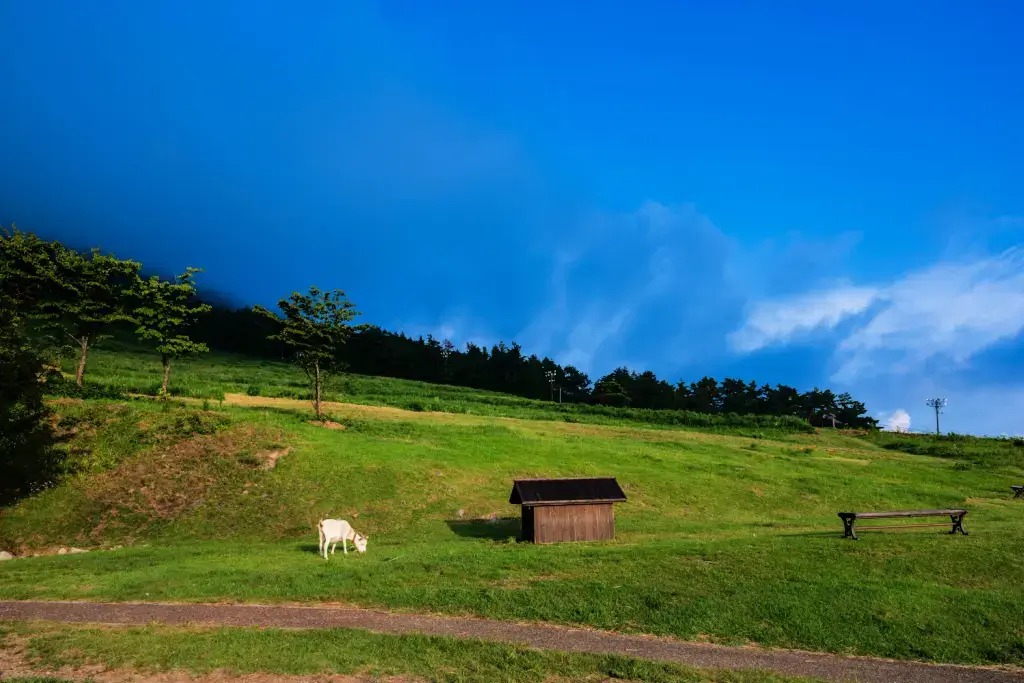
Tottori’s history goes back a long time, with signs of people living there during the Jomon period (14,000 – 300 BC). In addition, the area was known as the provinces of Hoki and Inaba during the Taika reforms in 645 CE. Over the centuries, it played important roles in history, especially during the Genpei War and the Edo period (1603 – 1868).
This prefecture is such a haven for nature lovers. It also has a rough coastline and sacred mountains like Mount Daisen and Mount Mitoku, which people have used for spiritual training for many years. The prefecture is also famous for its onsens, known for its healing properties. Visitors can enjoy various activities such as hiking, exploring the dunes, and relaxing in the hot springs. Here are a few must-visit spots in Tottori:
Tottori Sand Dunes
The Tottori Sand Dunes, situated outside of Tottori City’s center, are the most extensive in Japan. Stretching about 16 kilometers long and up to two kilometers wide, these dunes can be as high as 50 meters. They were made over thousands of years by sand from the Sendai River. This sand gets carried out to the sea and then pushed back onto the coast by ocean currents and strong winds, creating a beautiful and ever-changing landscape.
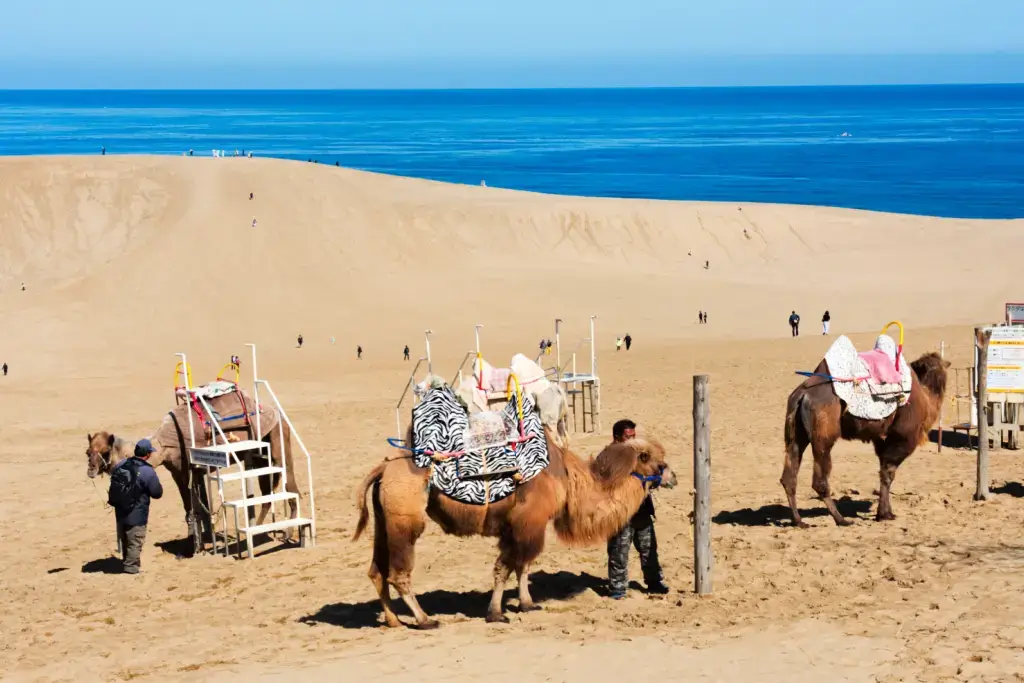
Visitors to the dunes can enjoy stunning views of the Sea of Japan from the top. The place offers many fun activities like sandboarding, paragliding, and camel rides. The visitor center is also great for learning more about the dunes’ geology and ecology. Throughout the year, the dunes host several festivals and events. One of the highlights is the Sand Dunes Festival, where you can see fantastic sand sculptures created by global artists. Nearby shops also showcase a variety of local products and souvenirs.
Are you looking for amazing snacks from places as far away as Tottori? Check out Sakuraco! Sakuraco delivers traditional Japanese snacks, teas, and sweets from local Japanese makers directly to your door so you can enjoy the latest treats directly from Japan!
Jinpukaku Hall
Jinpukaku Hall is an impressive building designed in the French Renaissance style, right near the old Tottori Castle ruins. Established in 1907, Jinpukaku was designed by the well-known architect Tokuma Katayama and built by Nakahiro Ikeda, the 14th head of the Ikeda family. It was initially intended to impress the future Emperor Taisho during his visit.
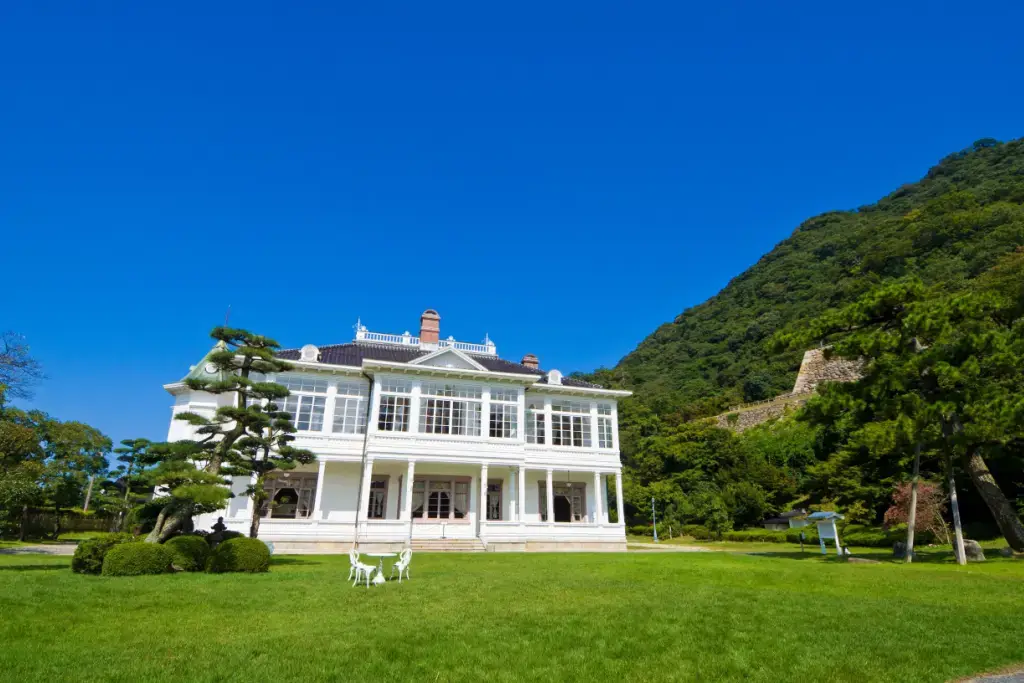
This mansion is a two-story wooden structure with elegant white walls, tall columns, and a lovely balcony. It has intricate details, including fancy curtain boxes and a lovely wooden spiral staircase. The building was also one of the first in the prefecture to have electric lights, showing how modern the area was during the Meiji era (1868 – 1912). Today, Jinpukaku Hall is a museum where you can learn about the Ikeda family and see artifacts from their time. The building’s surrounding garden is also a key feature, with traditional Japanese landscaping and a view of Mount Kyushozan.
Hakuto Beach
Hakuto Beach is a charming stretch of coastline found at the western end of the Tottori Sand Dunes. It’s popular for being linked to the old Japanese story of the White Hare of Inaba. According to the legend, the White Hare crossed the sea by jumping from one sea monster to another. Today, the beach is known for its beautiful white sands and clear waters, perfect for swimming and surfing in the summer.
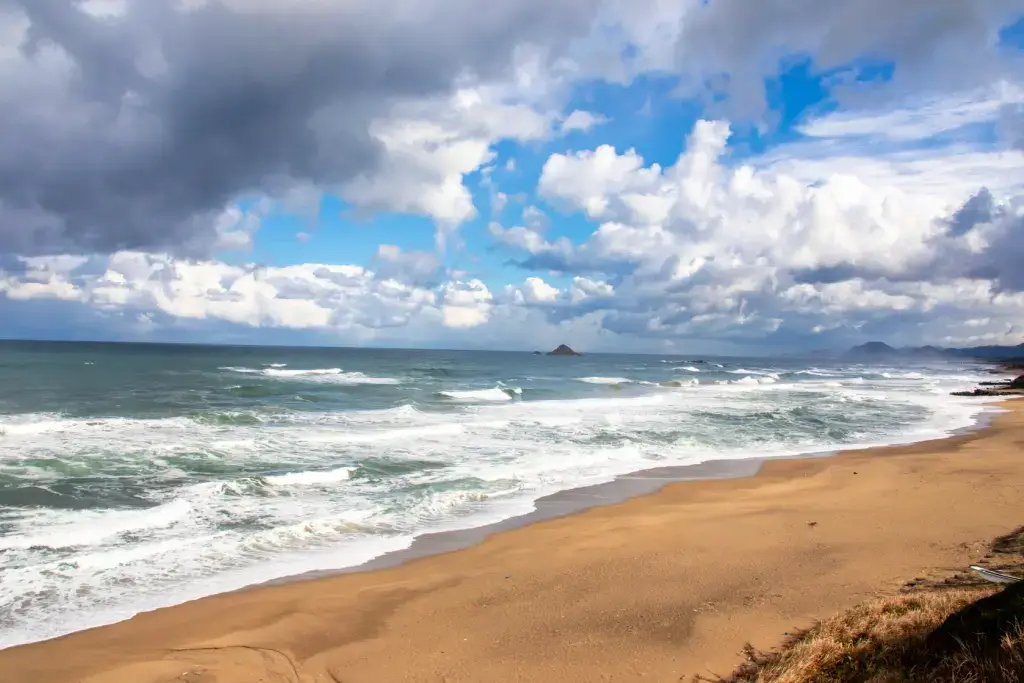
It also has a charming landscape with miniature dunes and striking rock formations. It is also unique for its nearby Hakuto Shrine, known for bringing good luck in love and marriage. Visitors often come here to enjoy the scenic beauty, including tranquil sunsets and the picturesque view of the Oki Islands. During early summer, rosa rugosa, also called “sweetbriar,” blooms in the area. This rare flower grows near the beach, enhancing Hakuto’s natural charm.
Watanabe Art Museum
Watanabe Art Museum is slightly over two kilometers north of the city center. It opened in 1978 and is renowned for its vast collection of around 30,000 items. Dr. Hajime Watanabe, a local doctor and art collector, started the museum to showcase his fantastic collection.
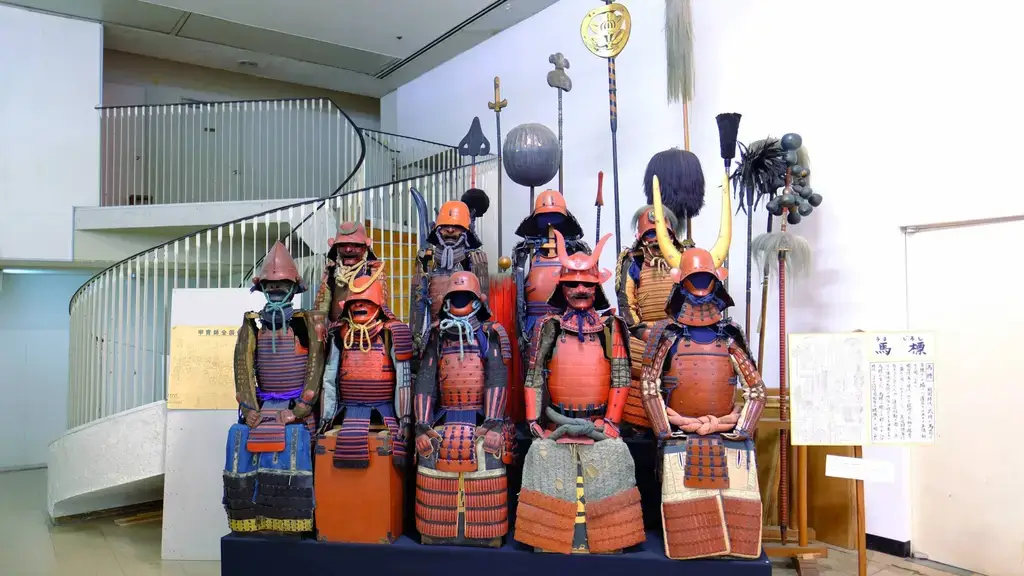
One of the most exciting parts of the museum is its collection of over 200 sets of samurai armor. You can even try on some of the armor and see how it feels to be a samurai! Besides the armor, there are many Japanese swords, old folding screens, and artworks like ukiyo-e prints. It’s a private museum allowing visitors to take photos and touch some artworks. The spot also has items related to the Ikeda clan, which were essential Tottori rulers during the Edo Period.
Tottori Sand Museum
The Tottori Sand Museum is a unique museum that first welcomed visitors in November 2006. It began with an outdoor exhibition and quickly became the world’s first indoor museum dedicated solely to sand sculptures. The museum features incredible sand sculptures created by talented artists worldwide each year.
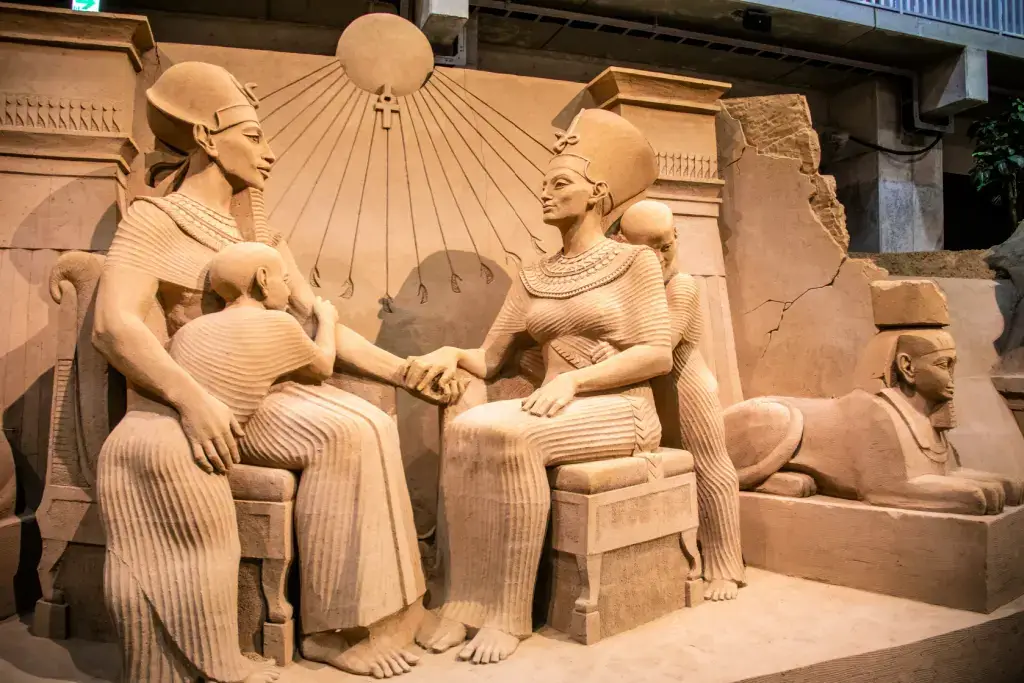
The theme of the exhibits changes annually, exploring different cultures and regions. Past exhibitions have highlighted themes like ancient Egypt, European castles, and many favorite landmarks from different countries. The sculptures are made from sand and water, each carefully crafted to fit the year’s theme. However, these collections are temporary. After an exhibition, the sculptures are taken apart and recycled into new works for the next display.
Why should I travel to Tottori for my next vacation?
Tottori should be your next vacation destination because this prefecture offers a fantastic mix of history, culture, and natural beauty. You can explore Japan’s largest sand dunes, enjoy endearing landscapes, visit historical sites, and discover fantastic beaches. With so much to see and do, Tottori offers an exclusive and exciting experience. Have you been to this place or are you planning a trip? Let me know in the comments!

